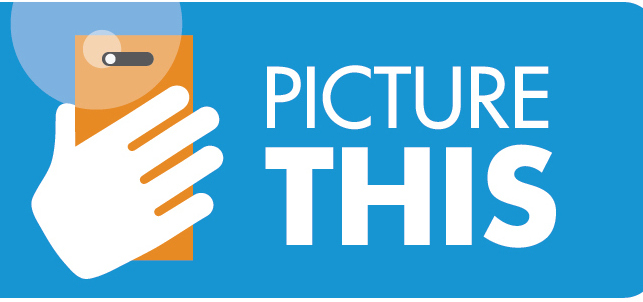How Dandy commercializes app ideas via crowdsourcing
by Christine Wong — Jan 28 '14
by Christine Wong — Jan 28 '14

Does a new app stand any chance of standing out in today’s overcrowded market? It might, if you crowdsource the entire development process.
That’s the approach being taken by Dandy, a graduate of Waterloo, Ont.’s Hyperdrive incubator. With an initial product that came straight out of academia, the startup is changing the way apps make the journey from idea to iPhone, so to speak, including an initial launch. With so many apps now on the market – over two million in the iOS and Android app stores combined – Dandy hopes crowdsourced development will prove a commercialization vehicle that offers better odds of success.
“Developers are no longer wanting to take the chance of building an app. Maybe the gold rush is over,” says Dandy co-founder and CEO Matt Scobel.
He’s referring to a time when there were fewer apps available and most cost $1.99 or 99 cents. Now there are more apps competing for users – and most are free. That means it’s harder to grab people’s attention with new apps and tougher to make money from them, usually through ad content or in-app sales. In such a cluttered, competitive market, it’s risky to even build a new app, says Scobel.
“That’s where we come in. We can be the platform that helps decide what gets built and put into the app store,” he says.
The first app to come out of the Dandy model just hit the market. Picture This, a social scavenger hunt app using photographs, is free on iOS and BlackBerry and coming soon to Android and Google Glass. Niger Little-Poole, who posted the original idea, recently helped the Dandy team promote Picture This at the Consumer Electronics Show (CES) in Las Vegas. Not bad for a student at New York’s Columbia University.
The Dandy way to create an app
Here’s how it works: you post your idea for a new app on Dandy’s Web site; then fellow members of Dandy’s online community post feedback on your idea and vote for the app ideas they like best. Dandy’s development team takes the most popular app ideas into the design phase. After beta testing (also by Dandy’s online community), the finished apps are released on app stores.
Each individual who contributed to the development process shares in any proceeds from the app. (Unlike Kickstarter, Dandy can’t let users directly raise money to develop their apps because equity crowdfunding is illegal in Canada.)
Can’t people just develop apps on their own instead? They can, says Scobel, but an app put out using the ‘build it and they will come’ approach is likely to get lost in the crowd.
“Nobody ever sees it. It never gets feedback from customers. The design maybe doesn’t get done properly. So come to Dandy and work on an idea you really love. But work on it with a lot of people what also feel that way. And if it is successful, have a chance of sharing in the proceeds from it with the community,” Scobel says.
Dandy used its own in-house developers to complete the technical work on Picture This so it would be ready in time for CES. For future Dandy apps, however, Scobel hopes the design and coding work can also be crowdsourced by technical contributors all over the world.
It’s a change, but one that would still be in line with Dandy’s slogan, “It takes a community to raise an app.”
Christine Wong is a journalist based in Toronto who has covered a wide range of startups and technology issues. A former staff writer with ITBusiness.ca, she has also worked as a reporter for the Canadian Economic Press and in broadcast roles at SliceTV and the CBC.
Twitter LinkedIn Google+
Apr 17 '14

Apr 16 '14

Apr 15 '14

Apr 11 '14
Copyright © 2016 CommerceLab


